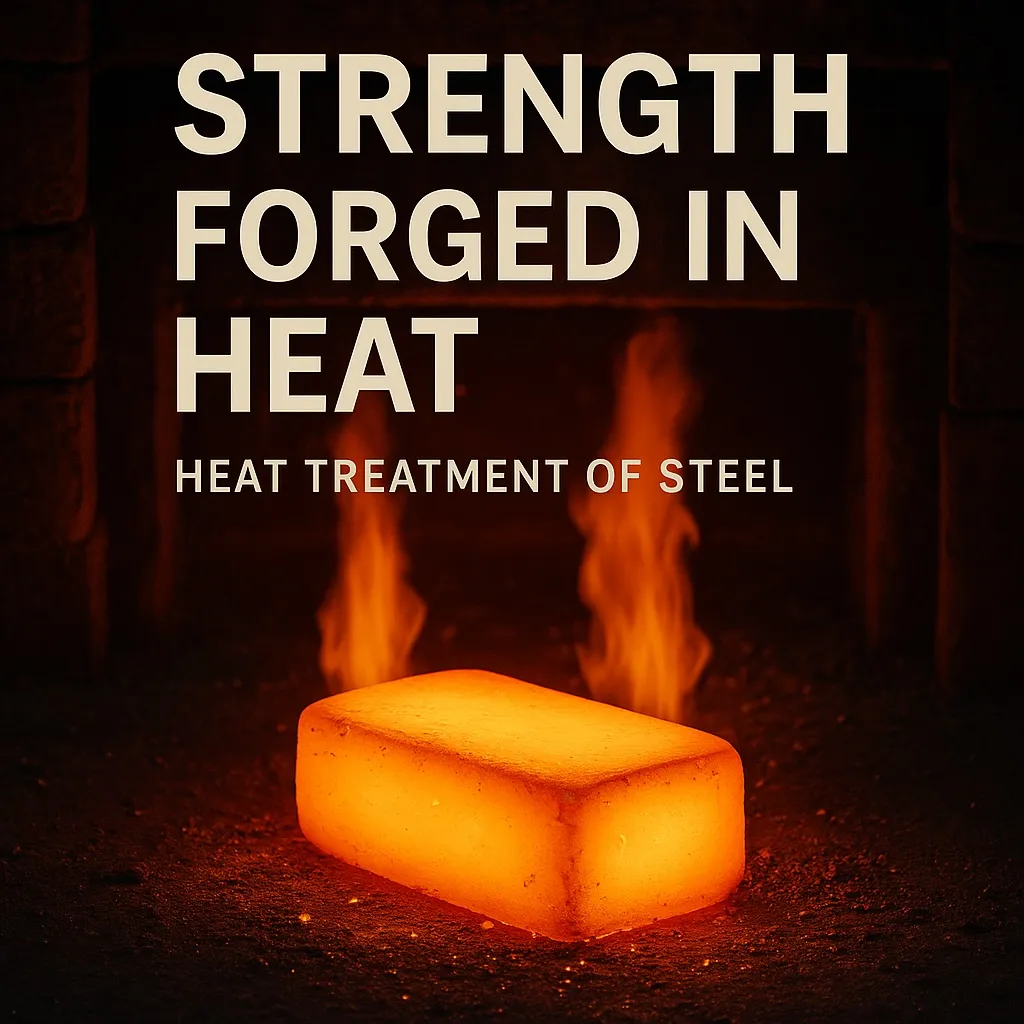How Heat Treatment of Steel Affects Its Strength
Steel is the backbone of modern engineering. From automotive parts to aerospace components, its performance depends not just on composition but also on how it’s processed. One of the most powerful ways to modify steel’s properties is through heat treatment. By controlling heating and cooling, machinists and engineers can dramatically change steel’s strength, hardness, and durability.
At Ziqual, we often see customers designing parts where the right heat treatment can be the difference between success and premature failure. Let’s break down how it works.
What Is Heat Treatment in Steel?
Heat treatment is the process of heating steel to a specific temperature and then cooling it at a controlled rate to alter its microstructure. This microstructure—ferrite, pearlite, bainite, or martensite—dictates the steel’s mechanical properties.
- Ferrite (soft, ductile) – adds toughness but lowers strength.
- Pearlite (layered ferrite and cementite) – balances strength and machinability.
- Bainite (fine structure from moderate cooling) – strong yet less brittle.
- Martensite (from rapid quenching) – extremely hard and strong, but brittle unless tempered.
By adjusting the process, engineers can tailor steel for applications ranging from CNC-machined prototypes to high-performance production parts.
Key Heat Treatment Processes and Their Effect on Strength
1. Annealing
- Process: Heat then slowly cool.
- Effect: Softer, lower strength, improved machinability.
- Application: Preparing steel for CNC machining or forming.
2. Normalizing
- Process: Heat above critical temperature, then air cool.
- Effect: Uniform grain structure, good balance of strength and toughness.
- Application: Structural components where reliability matters.
3. Quenching
- Process: Rapid cooling (oil, water, or air).
- Effect: Creates martensite for very high hardness and tensile strength.
- Application: Tools, dies, wear-resistant parts.
4. Tempering
- Process: Reheat quenched steel at lower temperature, then cool again.
- Effect: Relieves brittleness, fine-tunes hardness, and adds toughness.
- Application: Always combined with quenching for parts that must endure real-world loads.
Why Heat Treatment Matters for CNC Machined Parts
When we machine parts at Ziqual, heat treatment often comes into play after machining. For example:
- A gear that’s annealed is easy to cut but won’t last.
- A quenched-only gear will be strong but may crack under shock loads.
- A quenched and tempered gear hits the sweet spot: high strength, hardness, and toughness—ideal for long-term use.
This balance is critical in industries like aerospace, robotics, and automotive, where consistency, precision, and speed aren’t just buzzwords—they’re survival requirements.
Ziqual’s Approach
We don’t just machine parts—we ensure they’re built to perform. That often means pairing CNC machining with the correct heat treatment process. Every order is traceable through our DNA (Digital Nameplate Archive) system, so you know exactly how your part was processed, down to the treatment cycle.
Whether you’re prototyping a new design or scaling up to production, the right heat treatment ensures your parts are durable, precise, and reliable.
Conclusion
Heat treatment transforms steel’s performance by reshaping its microstructure. Annealing, normalizing, quenching, and tempering each serve a role, but the best results come from understanding when—and how—to use them.
At Ziqual, we help engineers take the guesswork out of this process. Upload your design, get a quote, and we’ll handle not just the machining but also the heat treatment that gives your part the strength it needs.
👉 Ready to bring your designs to life with stronger, longer-lasting steel parts? Get a quote today.
